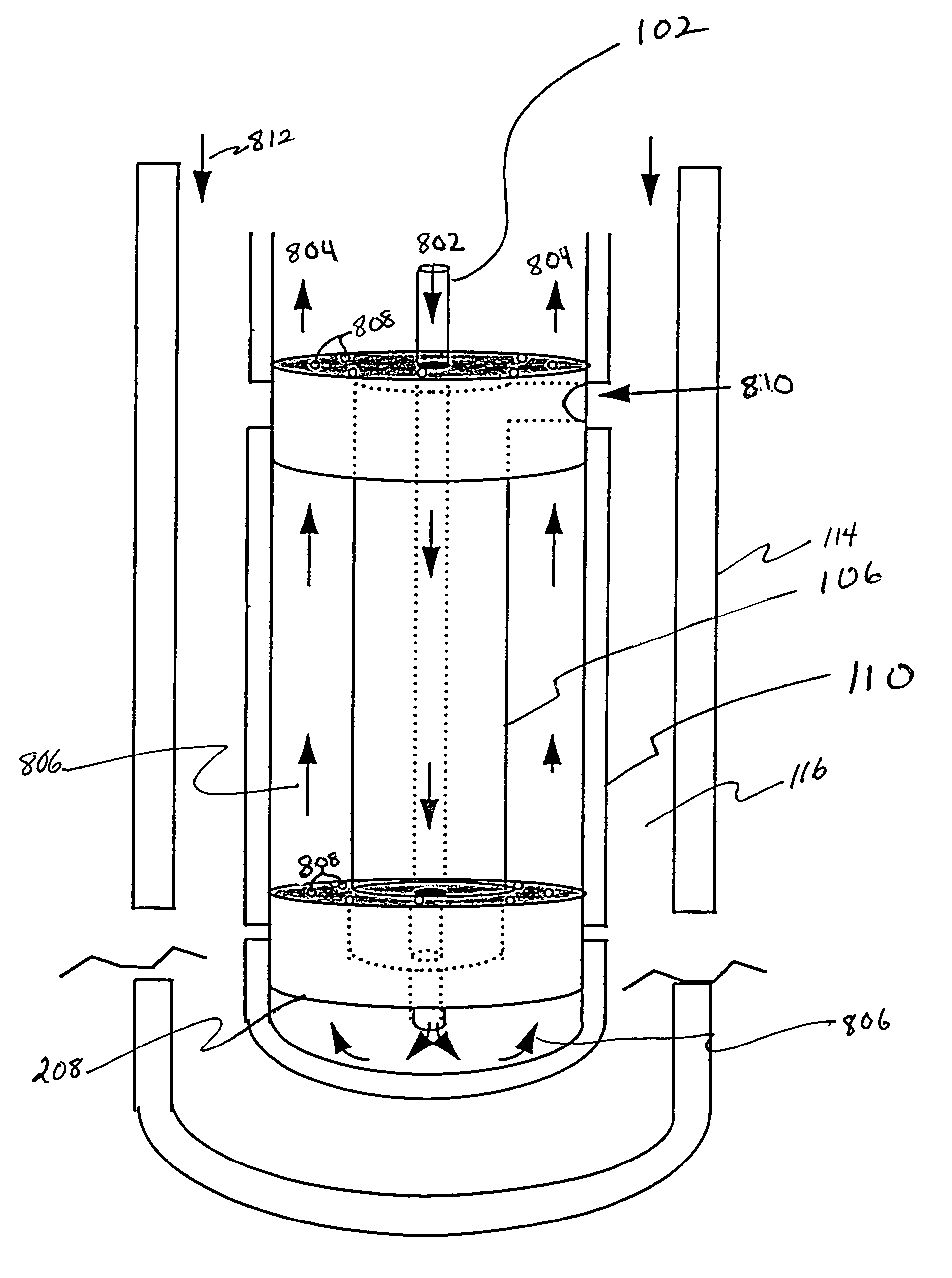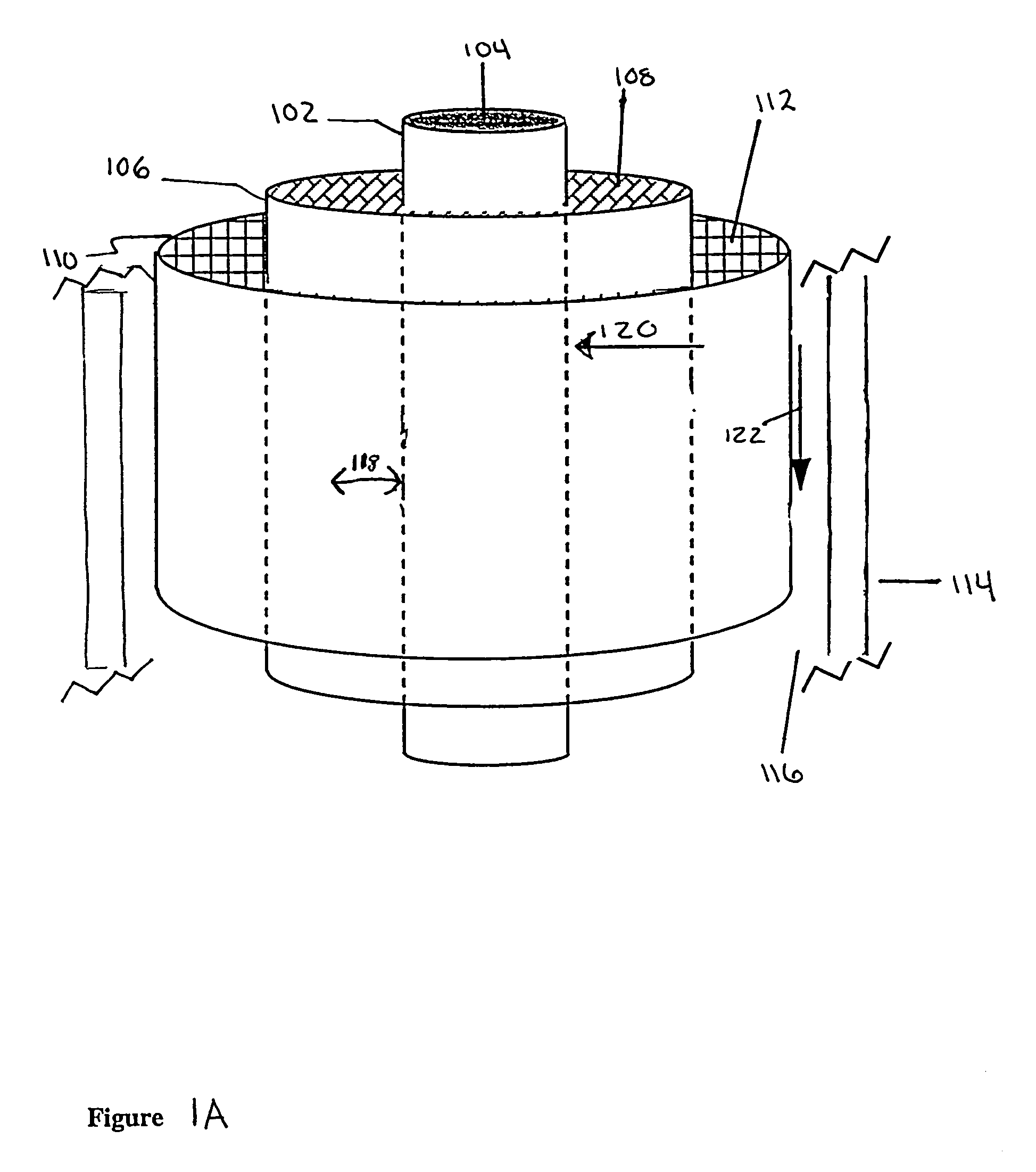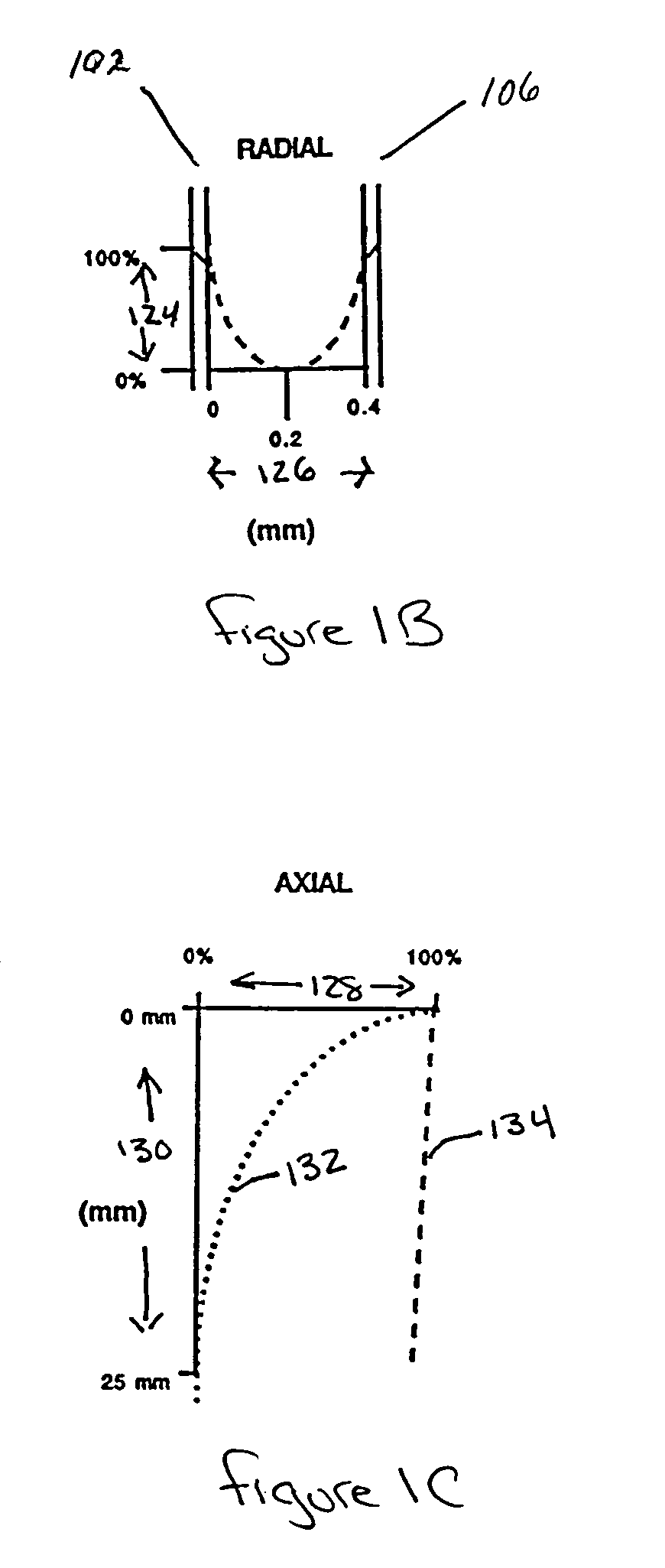Bioreactor design and process for engineering tissue from cells
a cell culture and bioreactor technology, applied in the field of cell culture devices and processes, can solve the problems of insufficient selectiveness of kidney dialysis machines, inappropriate removal of biological components, and inability to adjust liver functional capacity, and enhance the effective transfer of biosynthetic products. , the effect of cost-effective commercial developmen
- Summary
- Abstract
- Description
- Claims
- Application Information
AI Technical Summary
Benefits of technology
Problems solved by technology
Method used
Image
Examples
Embodiment Construction
[0080]5.1 Definitions
[0081]Annular space. The radial distance separating two adjacent hollow fibers.
[0082]BAL. Bioartificial liver. Also, specific embodiments of the present invention: the scaled-up multi-coaxial hollow fiber bioreactor, the tight packed hollow fiber bioreactor or the serially-linked bioreactor with a complement of liver cells, nutrient medium, and gases.
[0083]Bioreactor module. Coaxially-arranged semipermeable hollow fibers. One module forms the core of the multi-coaxial hollow fiber bioreactor whereas the scaled-up multi-coaxial hollow fiber bioreactor comprises many modules.
[0084]Biotransformation. The metabolic detoxification of blood or plasma by tissues or cells.
[0085]Fourth compartment. The compartment, if present, in a bioreactor embodiment that is bounded by the outside of the third hollow fiber and the inside of the fourth, that is, adjacent, hollow fiber, and is connected to two ports, the fourth compartment inlet port and the fourth compartment outlet po...
PUM
| Property | Measurement | Unit |
|---|---|---|
| length | aaaaa | aaaaa |
| pore size | aaaaa | aaaaa |
| pore size | aaaaa | aaaaa |
Abstract
Description
Claims
Application Information
 Login to View More
Login to View More - R&D
- Intellectual Property
- Life Sciences
- Materials
- Tech Scout
- Unparalleled Data Quality
- Higher Quality Content
- 60% Fewer Hallucinations
Browse by: Latest US Patents, China's latest patents, Technical Efficacy Thesaurus, Application Domain, Technology Topic, Popular Technical Reports.
© 2025 PatSnap. All rights reserved.Legal|Privacy policy|Modern Slavery Act Transparency Statement|Sitemap|About US| Contact US: help@patsnap.com



